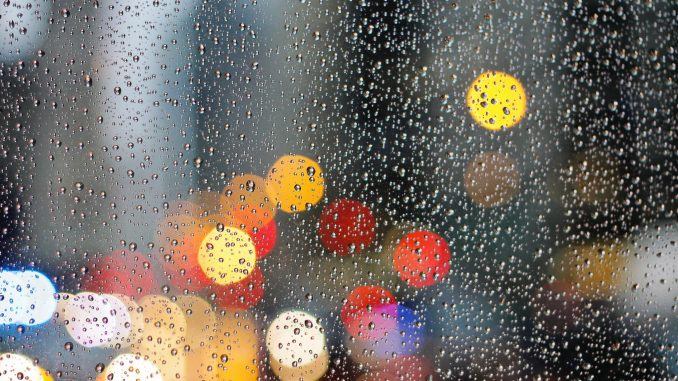
A big recycled plastic rain barrel is a nice way to help out your local rivers as well as take a large amount of plastic out of the landfill. Oh, you save money on your water bill too – win, win, win! We recommend two options: a budget barrel and a higher end option. But first, why are rain barrels good, besides by helping you save on your water bill?
Taking Plastic Out of the Landfill
At Recycled & Renewed we look for recycled plastic products that are as good if not better than their virgin plastic dopplegangers. A rain barrel is a great example of a recycled plastic product that is equal in quality to any regular rain barrel.
Plus, it is a lot of recycled plastic! Neither of the companies highlighted below estimate how much, but if my little Buff gaiter made from recycled plastic equals two plastic bottles, then these rain barrels must use up the equivalent of hundreds of recycled plastic bottles.
How Do Rain Barrels Help the Environment
Rain barrels, whether it is made from recycled plastic or not, are good for waterways. The short version of the story is diverting rain from your sewer systems, especially during a sustained downpour, reduces strain on your local water company’s infrastructure.
Most cities have what is called a “combined sewer system.” This means that what goes down your toilet and what goes down the sewer, all meets in the same disgustingly dirty, but socially useful, place.
It is all treated, cleaned, and then released back into a body of water, such as the Potomac river in the Washington DC area.
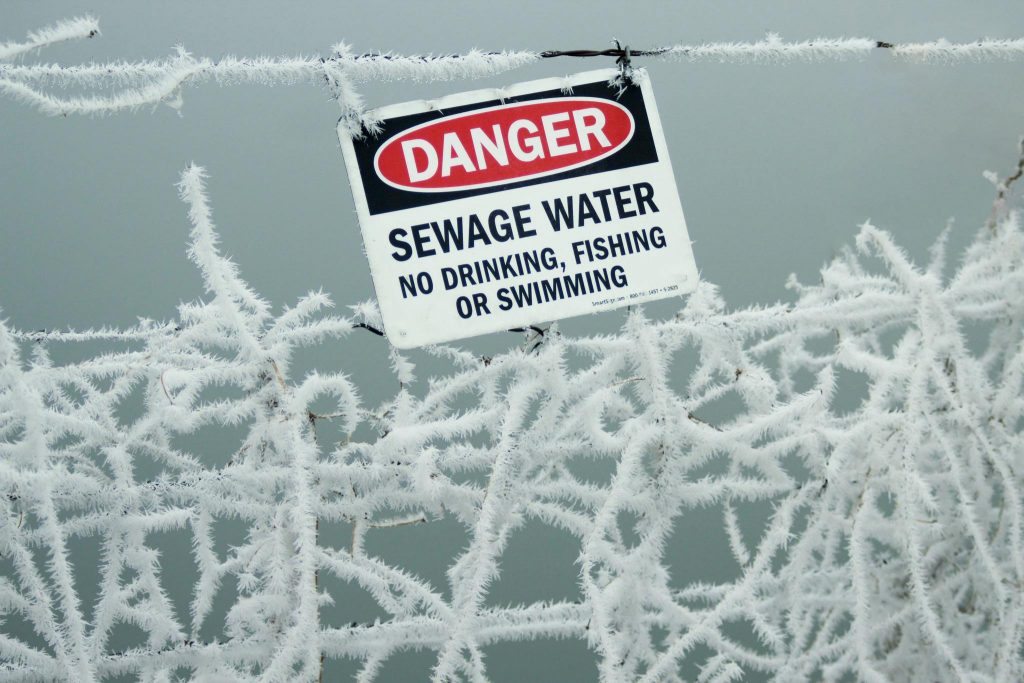
When your area is hit with a huge rain storm, that deluge is too much for the system to handle. Turns out covering the earth with impervious concrete and asphalt, although beneficial for driving large SUVs at high speeds, has some downsides.
What happens? Basically, raw poop, mixed with rain water, is released into your rivers and streams (gross right?).
Many localities, including mine, will provide a rebate for purchasing and installing a rain barrel. An acknowledgement of the social and environmental benefit of rain barrels.
It is also another example of how living in a eco-friendly way often correlates with living frugally, since all that water you collect reduces your water bill.
RTS Companies Rain Barrel
RTS sells a serviceable, relatively attractive, 50 gallon rain barrel made from 100% recycled plastic. At around $100 it is a good barrel if you are unsure whether you want to start harvesting rain water.

However, the RTS barrel we tested is not very durable, we have already had to replace the spigot and the anti-mosquito screen on the top wasn’t effective. We had to drill in some extra screws and caulk around the edges (Washington DC is like a swamp with its mosquitos!).
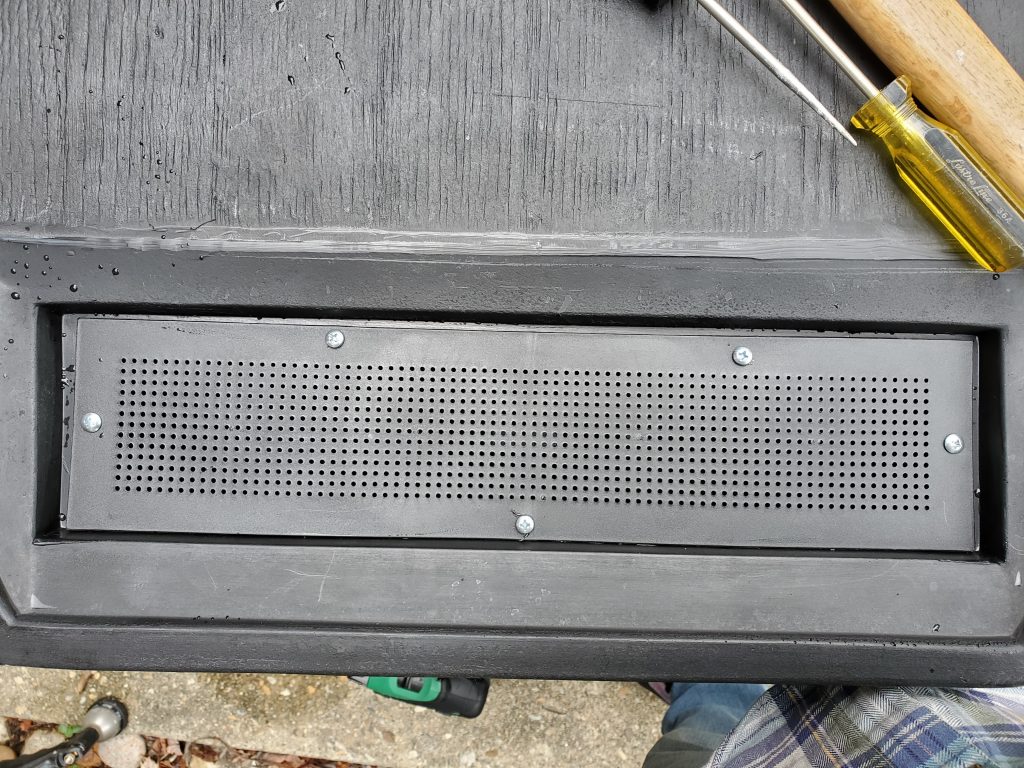
FCMP’s 45 gallon Rain Catcher rain barrel is a higher price but you can see why. More solidly built than our cheaper option and with a better design, I strongly recommend this one.

With a 40-50 gallon rain barrel, it will get filled quick and overflow. FCMP’s rain barrel has a hose attached to the overflow valve at the top to direct the water. This is important because if your barrel is near the foundation of your home, you don’t want water pooling there.
Both companies are nothing to write home about in terms of their environmental credentials. Neither RTS or FCMP have much on their site about how their businesses are striving to be “good” companies in terms of environmental or socially responsible practices.
RTS and FCMP sell other products make of recycled plastic though, such as FCMP’s outdoor storage bin or large planters.
If you want more detail about these rain barrels, read on.
Rain Barrel Overflow Problems
One issue with both of these recycled plastic products is the issue of overflow. Given their size, a hard rain will fill them up quickly.
Most likely your rain barrel will be close to your house, and thus your foundation. The rain spouts around your house are designed to get water away from your foundation. A well-designed rain barrel should do the same thing.
Unfortunately neither rain barrel excels at this critical task, though FCMP does better than RTS.
RTS Rain Barrel Overflow Issues
RTS’ recycled plastic rain barrel has a worse design than FCMP’s barrel. Its overflow valve is at the top but with no way to connect a hose or anything to it. Thus the water runs right down the front of the barrel.
If your rain barrel is going to sit in a location where water tends to pool, I would not recommend the RTS rain barrel. My barrel sits atop a concrete driveway that slopes away from the house and thus isn’t an issue.
FCMP’s Rain Catcher Rain Barrel
Our recommendation, FCMP’s 45 gallon rain barrel has a floppy little hose connected to an overflow valve at the top. It is definitely better than RTS’ design.
However, it is rather short, it is stuck in the back of barrel, and it only extends a few feet past the barrel. I find that this results in rain water pooling near my house.
Neither design is ideal, but also not a deal breaker.
This recycled plastic rain barrel also has a sturdy hose with an on/off valve on the end. It is threaded, allowing you to connect another hose to it.
TIP: I connect a long soaker hose to it, run it into my garden bed, and leave the value open. It is like having your rain spout connected to your garden, keeping your flowers and trees quenched of thirst.
I found a recycled rubber hose from Ace Hardware which has worked great.
Installing Rain Barrels is No Barrel of Fun
Although there is barely any assembly required, installing these bad boys definitely took some work. First off, you’ll need to ensure rain water is flowing into the barrel and thus need to deal with adjusting rain spouts.
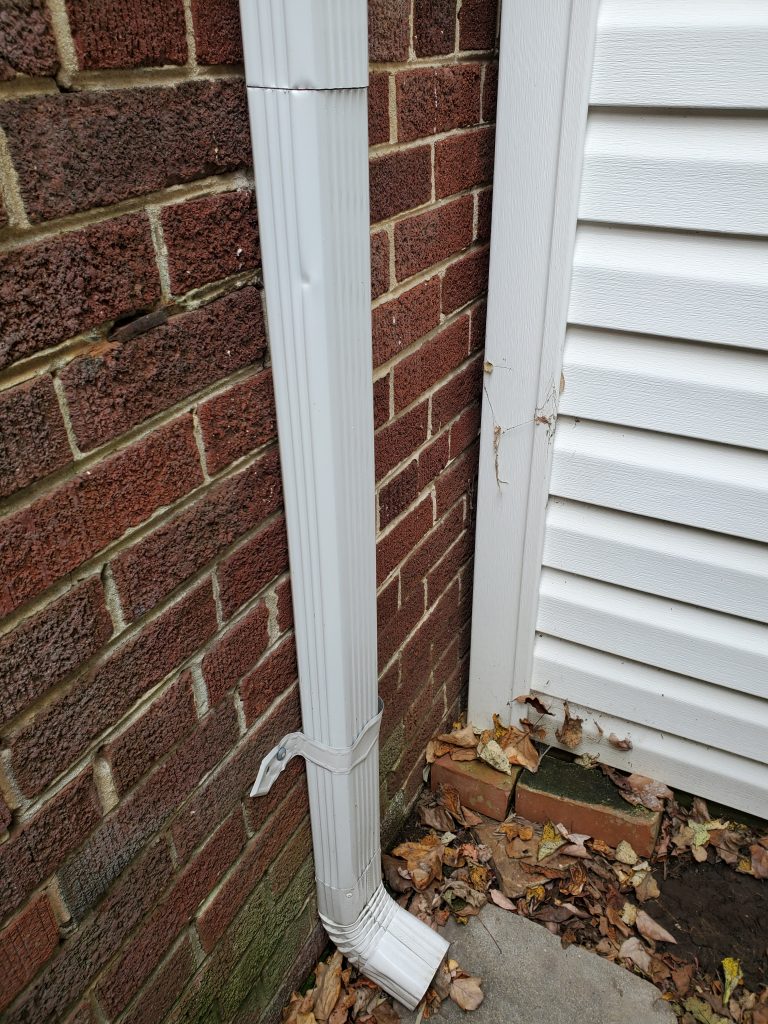
I needed a hacksaw to trim my rain spout to the right length. I also needed a curved spout to direct the water into the barrel.
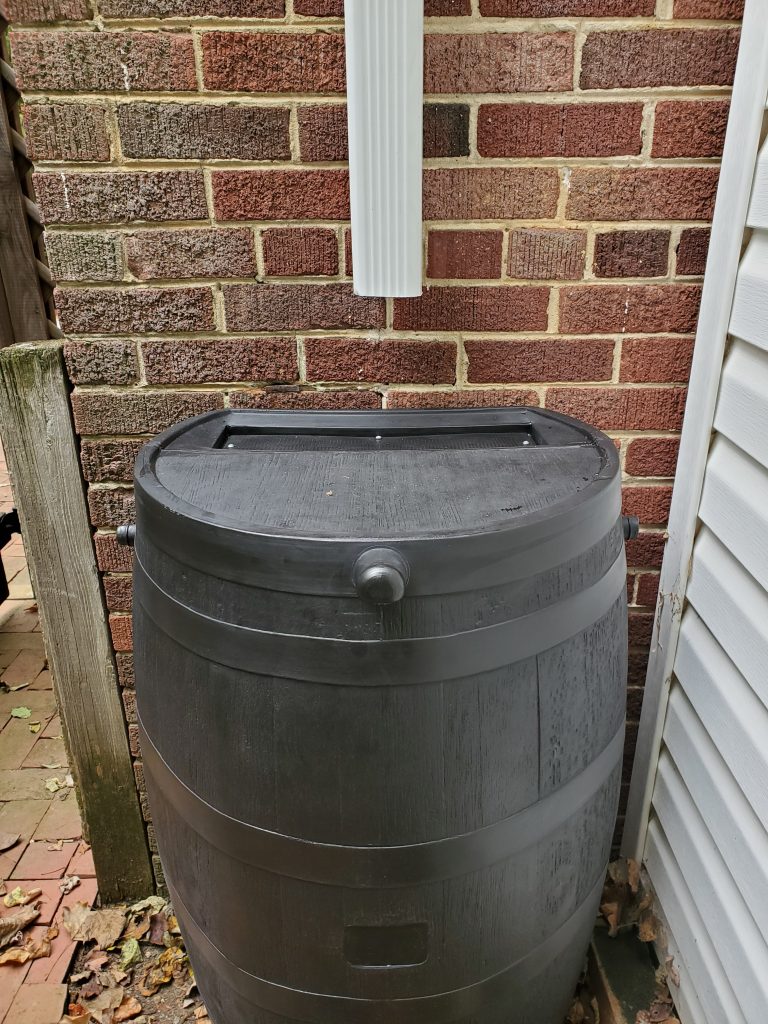
Then there is the question of gravity. Although it should have been obvious, I guess it didn’t really dawn on me that the water wouldn’t come streaming out of the rain barrel like it does with your garden hose.
A rain barrel needs the help of gravity to empty itself, otherwise the water trickles out weakly and slowly. I used a large pile of bricks for one barrel, and cut up a thick cedar post and arranged it like jenga pieces for the second barrel.
Don’t forget, you’ll also need a hose of some sort to direct the water to whatever plants you want to water. Many people recommend soaker hoses but in my experience, that is too slow. I just empty them and vary the location each time. Fifty gallons of water tends to spread around a pretty wide area even without moving the hose around.
Here at R&R we only endorse products we have owned, tested, and fell in love with. If you end up making a purchase through one of our affiliate links, we may earn a very small commission that offsets the cost of hosting, building, and maintaining this site. We encourage purchasing products directly from companies since many of the ones we highlight are small businesses. When possible, we provide the link to the company website and Amazon to provide that option for you.